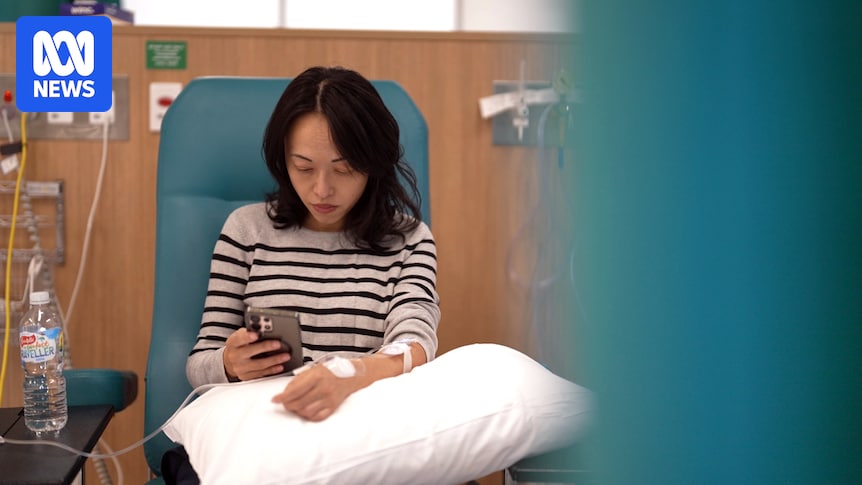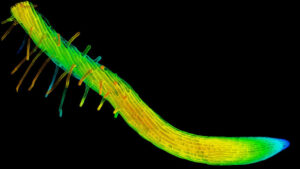
A disturbing trend is emerging as cancer rates climb among Generation X and millennials, with individuals in their 30s and 40s facing increased risks typically associated with older age groups. This shift in cancer demographics is raising alarms among health professionals and researchers, who warn that if left unchecked, these trends could have lifelong implications for the affected generations.
Historically, cancer has been more prevalent among older populations due to the time needed for genetic mutations to accumulate and transform healthy cells into malignant ones. However, recent data indicates a significant rise in cancer cases among those under 50. This increase is evident in at least ten different types of cancer, as reported by Cancer Australia and corroborated by U.S. research using extensive datasets.
Understanding the Rising Trend
The phenomenon, known as the cohort effect, suggests that the rise in cancer rates among younger adults will worsen as these individuals age. Philip Rosenberg, a leading cancer biostatistician, describes the trend as “astonishing,” noting that if current trajectories persist, cancer rates for those born in the 1970s could be double those of individuals born in the 1950s.
“If things stay on their current trajectories, then we can expect that they would continue to experience those proportionate increases as they get older.” — Philip Rosenberg
Adding to the concern is the fact that early-onset cancers are often diagnosed at more advanced stages compared to those in older patients, leading to more aggressive treatment and poorer outcomes. The reasons for late diagnoses are not entirely clear, but they may include a lack of awareness among both patients and doctors that certain symptoms could indicate cancer in younger individuals.
Strategies for Early Detection and Prevention
Screening and Diagnosis
One proposed solution is to lower the age for cancer screening. For instance, Australia’s national bowel cancer screening program now begins at age 45, but questions remain about whether this is early enough. Similarly, while women aged 40-49 can access free mammograms, the official breast screening program starts at 50, despite a significant percentage of breast cancers occurring in younger women.
However, Dorothy Keefe of Cancer Australia cautions against lowering screening ages without careful consideration of the risks and benefits. Screening involves identifying abnormalities in asymptomatic individuals, which can lead to unnecessary tests and treatments.
“We don’t lower the age of screening because it’s not that simple. It has to be safe and effective.” — Dorothy Keefe
Currently, screening is only available for four types of cancer: bowel, breast, cervix, and lung. Expanding these programs would require governments to weigh the costs and resource implications carefully.
Improving Symptom Recognition
In addition to screening, enhancing the ability of healthcare professionals to recognize cancer symptoms in younger patients is crucial. Professor Jon Emery from the University of Melbourne highlights the challenge GPs face in diagnosing cancer in younger individuals, where symptoms like a change in bowel habits are less likely to indicate cancer than in older patients.
“It never should be said that someone is too young to have cancer.” — Dorothy Keefe
Emery advocates for a process called safety netting, which involves better recognition of symptoms that warrant medical attention, using simple tests when in doubt, and ensuring follow-up if symptoms persist.
Addressing Underlying Causes
To effectively prevent cancer, understanding its causes is essential. Lifestyle factors such as diet, exercise, and smoking are well-known contributors, but the rise in early-onset cancers may involve more complex factors beyond individual control. These could include changes in the microbiome due to diet and antibiotic use, as well as exposure to environmental chemicals and plastics.
Christos Symeonides, a paediatrician with the Minderoo Foundation, emphasizes the need for greater awareness and regulation of environmental chemicals, many of which have not been thoroughly assessed for health impacts.
“We have a blind spot around environmental chemicals and cancer.” — Christos Symeonides
Symeonides argues for the application of the precautionary principle, which suggests taking action to mitigate risks even without conclusive evidence of harm, especially when potential impacts are irreversible.
Looking Forward
The rising cancer rates among younger generations highlight the urgent need for comprehensive strategies that encompass early detection, improved symptom recognition, and preventive measures addressing both lifestyle and environmental factors. As researchers continue to investigate the underlying causes, it is imperative for governments and healthcare systems to adapt and implement policies that can help mitigate this growing public health challenge.
Ultimately, the question remains: will we look back decades from now and wish we had done more to prevent cancer in today’s younger generations? The time to act is now, and the solutions will require a concerted effort from individuals, healthcare providers, and policymakers alike.






